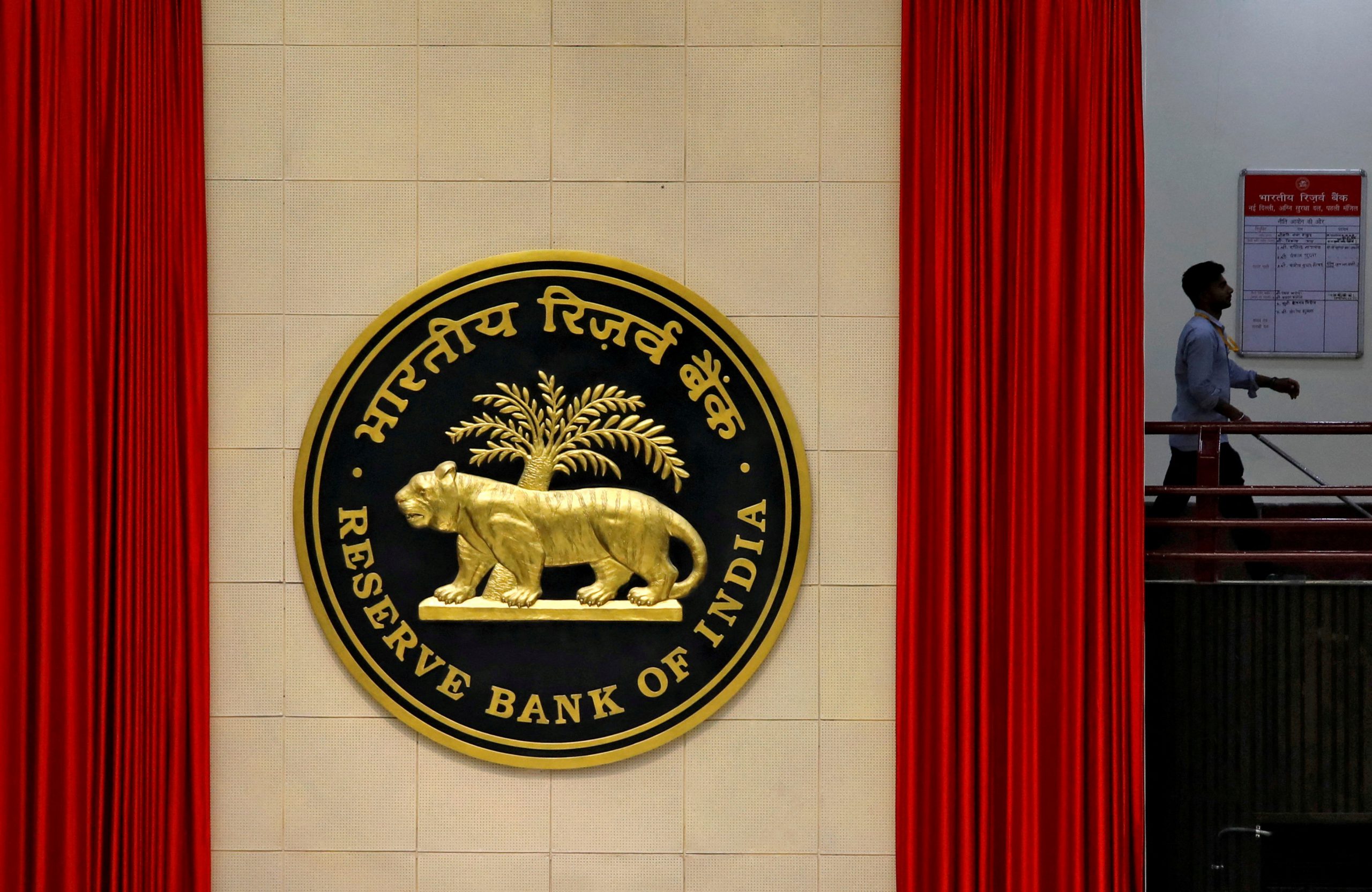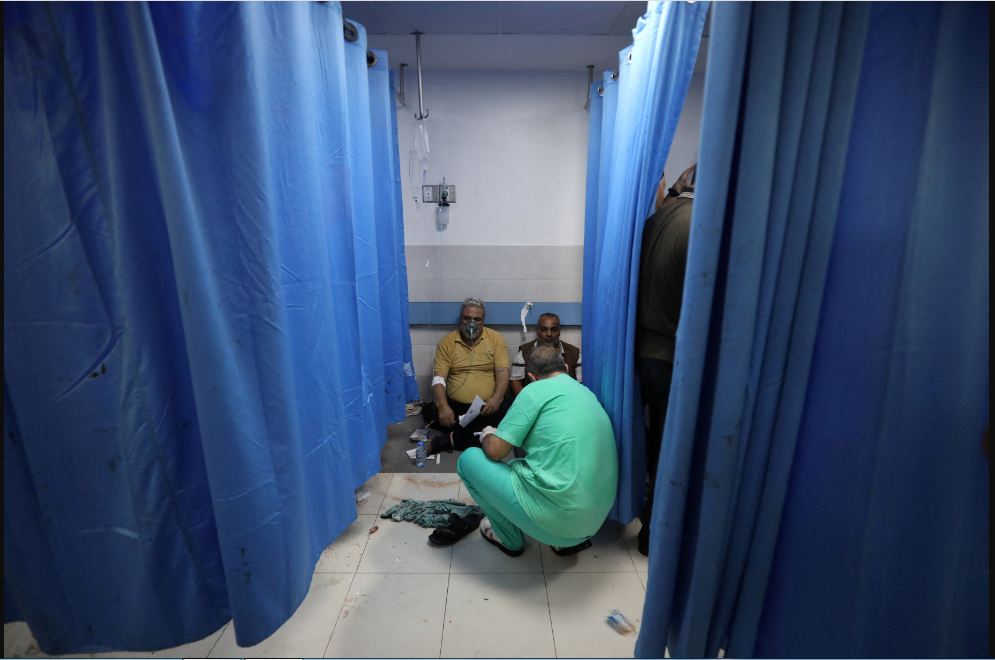Indian Rupee Strengthens with Support from State Banks, RBI Provides Stability
New Delhi – The Indian rupee advanced on Monday, benefiting from support by state-run banks and the steady guidance of the Reserve Bank of India (RBI), reinforcing market confidence in the currency’s near-term stability.
Opening marginally higher at 87.9350 against the U.S. dollar, the rupee strengthened to 87.78 by the end of trading, up from Friday’s close of 87.9750.
Analysts highlight that the combined intervention by the RBI and state-run banks has helped maintain orderly market conditions, providing reassurance to investors both domestically and internationally.
Market participants indicated that state-owned banks were largely behind the early lift in the rupee, likely acting in coordination with the central bank.
Traders noted that the RBI appears focused on ensuring the rupee remains above the 88-mark, reflecting a proactive approach to currency management and signaling the central bank’s commitment to maintaining stability in foreign exchange markets.
“Market sentiment has improved as the RBI’s intervention demonstrates a clear commitment to keeping the rupee within a manageable range,” said a senior currency trader at a private sector bank.
“The central bank’s proactive measures help reduce volatility and provide a foundation for both corporate and investor confidence.”
Last week, the RBI conducted pre-market interventions on multiple occasions to prevent the rupee from sliding past record lows, selling U.S. dollars to counter speculative positions and restore market balance.
These actions helped stabilize the currency while also signaling the central bank’s readiness to act decisively to manage short-term pressures.
Analysts note that such interventions are viewed positively by global investors, reflecting the strength of India’s macroeconomic framework.
In addition to RBI support, equity market inflows have contributed to a positive outlook for the rupee. Foreign portfolio investors have been net buyers of over $1 billion in the past week, providing additional liquidity and reinforcing sentiment.
The combination of central bank support and robust equity inflows has enhanced confidence in the rupee, even as corporate demand for dollars continues to influence short-term movements.
“The recent equity inflows are complementing the RBI’s actions, offering a supportive backdrop for the rupee,” noted the trader. “These factors together are encouraging a balanced and resilient foreign exchange environment.”
Despite international developments, including comments from U.S. President Donald Trump regarding Indian oil imports from Russia, the rupee remained largely unaffected.
Analysts highlight that the currency’s performance is being driven primarily by domestic factors, including RBI interventions and strong capital inflows, rather than external geopolitical commentary.
The rupee’s recent strength is also being viewed positively in terms of broader economic implications. A stable currency supports investor confidence, facilitates trade, and helps maintain predictable input costs for Indian businesses.
By keeping fluctuations in check, the RBI is playing a key role in ensuring that India’s foreign exchange environment remains supportive of growth and investment.
Looking ahead, the rupee is expected to continue benefitting from a combination of central bank guidance, ongoing equity inflows, and overall macroeconomic stability.
Analysts suggest that the RBI’s careful management, combined with market-driven support, positions the currency for measured gains and reduced volatility.
This environment offers reassurance to international investors and businesses engaging with India, enhancing the country’s appeal as a stable destination for trade and investment.
Overall, the recent rupee gains highlight India’s ability to manage short-term pressures through coordinated policy measures and market support.
With the RBI anchoring sentiment and foreign investment flows contributing to liquidity, the rupee’s stability underscores the resilience of India’s financial markets and the effectiveness of proactive currency management in fostering investor confidence.



